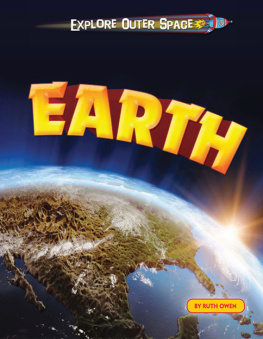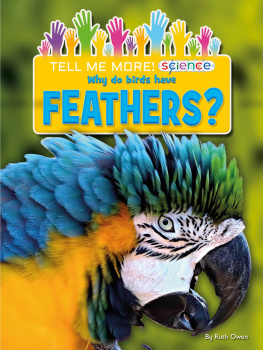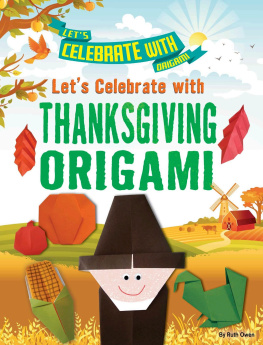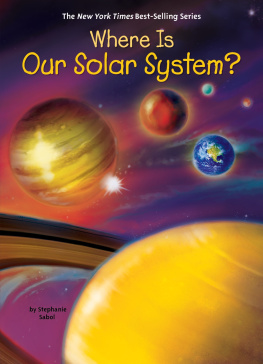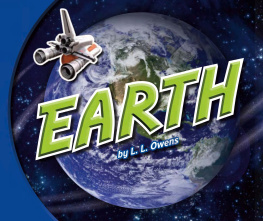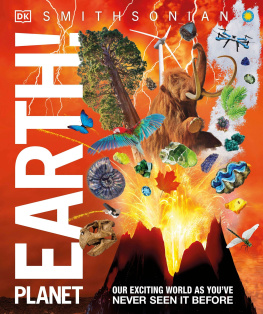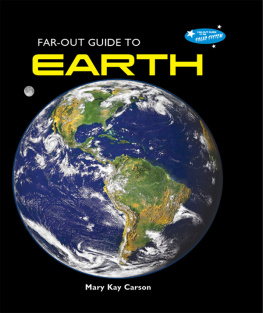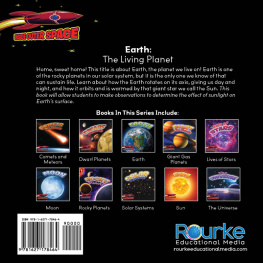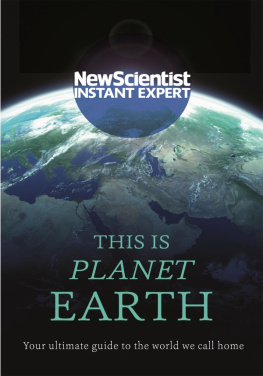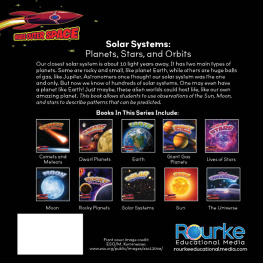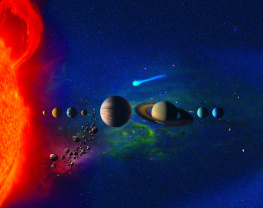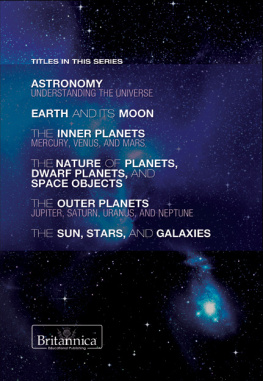
Published in 2014 by Windmill Books, An Imprint of Rosen Publishing
29 East 21st Street, New York, NY 10010
Copyright 2014 by Windmill Books, An Imprint of Rosen Publishing
All rights reserved. No part of this book may be reproduced in any form without permission in writing from the publisher, except by a reviewer.
Produced for Windmill by Ruby Tuesday Books Ltd
Editor for Ruby Tuesday Books Ltd: Mark J. Sachner
US Editor: Joshua Shadowens
Designer: Alix Wood
Consultant: Kevin Yates, Fellow of the Royal Astronomical Society
Photo Credits:
Cover, 67, 89, 11 (bottom), 12, 14, 16, 1819, 2425, 2627 Shutterstock; 1, 45, 1011, 17, 21, 2223, 2829 NASA; 13 Science Photo Library; 15, 18 (bottom) Ruby Tuesday Books; 20 Wikipedia Creative Commons.
Publisher Cataloging Data
Owen, Ruth.
Earth / by Ruth Owen.
p. cm. (Explore outer space)
Includes index.
ISBN 978-1-61533-724-8 (library binding) ISBN 978-1-61533-765-1 (pbk.) ISBN 978-1-61533-766-8 (6-pack)
1. Earth (Planet) Juvenile literature. I. Owen, Ruth, 1967-. II. Title.
QB631.4 O94 2014
550dc23
Manufactured in the United States of America
CPSIA Compliance Information: Batch #BS13WM: For Further Information contact Windmill Books, New York, New York at 1-866-478-0556
 CONTENTS
CONTENTS

A visitor from outer space approaching Earth, with its blue waters, green and brown landmasses, and white, cloudyatmosphere, would view a swirl of color against the blackness of space.
Upon landing, that visitor would find a world unlike any of the other seven planets or millions of other objects that orbit our Sun. Like other worlds in our solar system, Earth has a mixture of chemicals that produce landforms, an atmosphere, weather patterns, and various kinds of liquids and gases. But nowhere else in the solar system do all these elements come together to produce the incredible variety of features we have on Earth.
Earth is also the only world in our solar system where, so far, any form of life is known to exist. And even more amazingly, Earth is the only planet we know of in the universe, again, so far, where the kind of intelligent life exists that makes it possible for you to be reading this book!
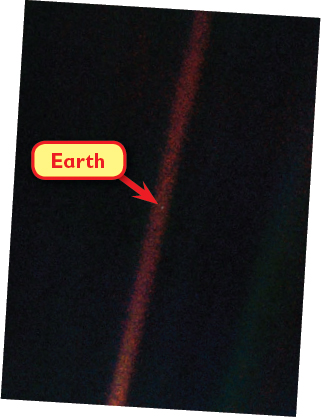
This view of Earth became known as the Pale Blue Dot. It was captured by theVoyager 1spacecraft in 1990.Voyager 1was 4 billion miles (6.4 billion km) from Earth, heading for the outer reaches of the solar system.
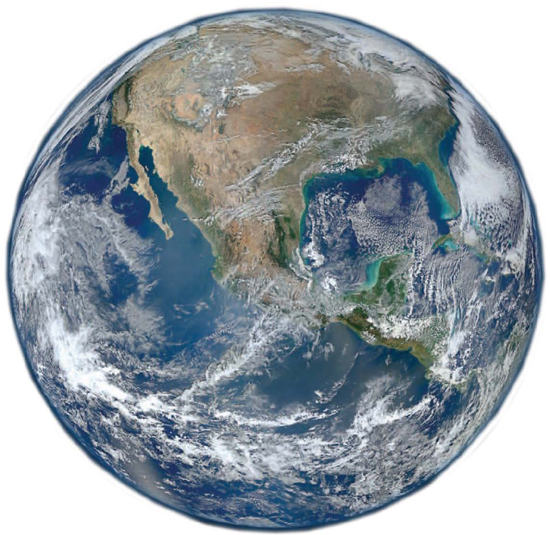
Our beautiful Earth seen from space.
Thats Out of This World!

It has only been since 1992 that scientists have actually detected planets beyond our own solar system. Since then, hundreds of these planets, known as exoplanets, have been found. Today, astronomers estimate that there are probably hundreds of billions of exoplanets just in our galaxy, the Milky Way.

Earth and the other planets in the solar system were created when our Sun formed about 4.5 billion years ago.
Before the solar system came into being, there was a huge cloud of gas and dust in space. Over time, the cloud collapsed on itself. Most of the gas and dust formed a massive spinning sphere, or ball. As the sphere spun in space, a disk formed, around the sphere, from the remaining gas and dust. As all this matter rotated, the sphere pulled in more gas and dust, adding to its size, weight, and gravity. The pressure of all the material pressing onto the center of the sphere caused the center to get hotter and hotter. Finally, the temperature inside the sphere got so hot that the sphere ignited to become a new star. That star was our Sun!
Leftover gas and dust continued to spin in a disk around the Sun. Over time, this matter clumped together to form eight planets, including our Earth, the planets moons, and smaller objects such as dwarf planets, and asteroids.
Thats Out of This World!

Mercury, Venus, Earth, and Mars are the planets that formed closest to the Sun. All four planets have solid, rocky surfaces. They are known as the terrestrial planets. The word terrestrial comes from the Latin word terra, which means earth or land.
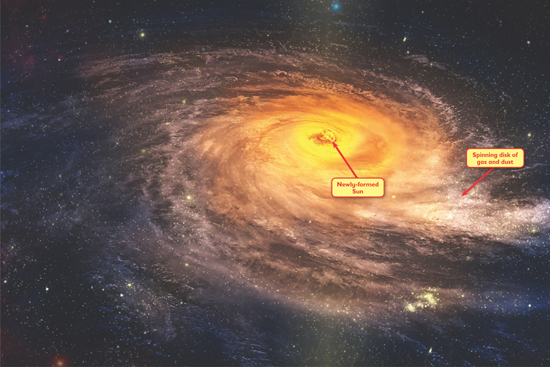
This artwork shows the birth of our Sun.
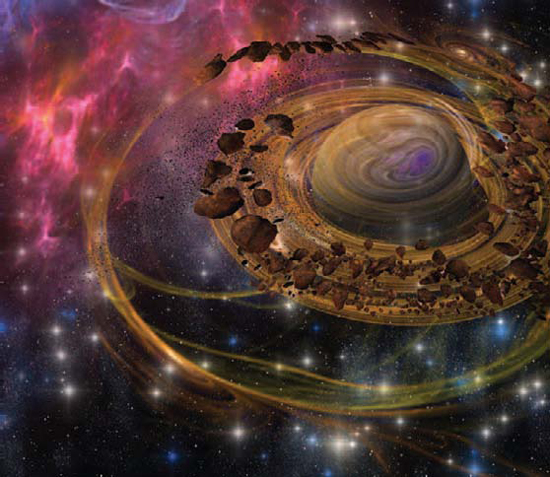
This artwork shows a rocky planet, like our Earth, forming from gas and dust that is clumping together.

For around 4.5 billion years, the planets in our solar system have been orbiting the Sun, each taking its own path, or orbit, around our star.
Five of the solar systems planets, Mercury, Venus, Mars, Jupiter, and Saturn, can be seen in the sky with the naked eye, so were known about from earliest times.
In March 1781, British astronomer Sir William Herschel observed Uranus for the first time. At first, he thought hed seen a comet. In September 1846, German astronomer Johann Gottfried Galle discovered Neptune.
Then, in 1930, American astronomer Clyde Tombaugh discovered a tiny, distant planet, which was named Pluto. For decades, therefore, our solar system was home to nine planets. In 2007, however, the International Astronomical Union reclassified Pluto as a dwarf planet because of its small size. Also, Pluto does not have the gravitational power to sweep up all the objects close to it and pull them into its orbit, like the eight larger true planets.
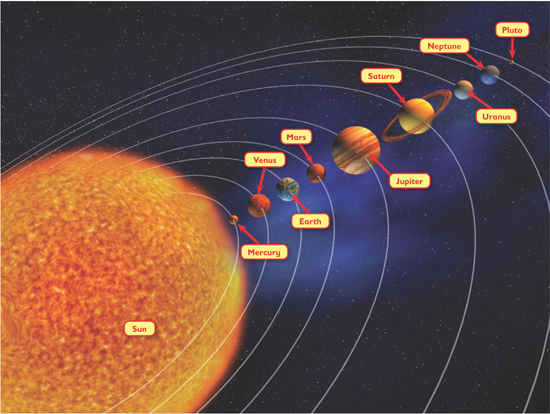
This diagram shows our solar system. The planets sizes in relation to each other and the distances between them are not to scale.
Thats Out of This World!


